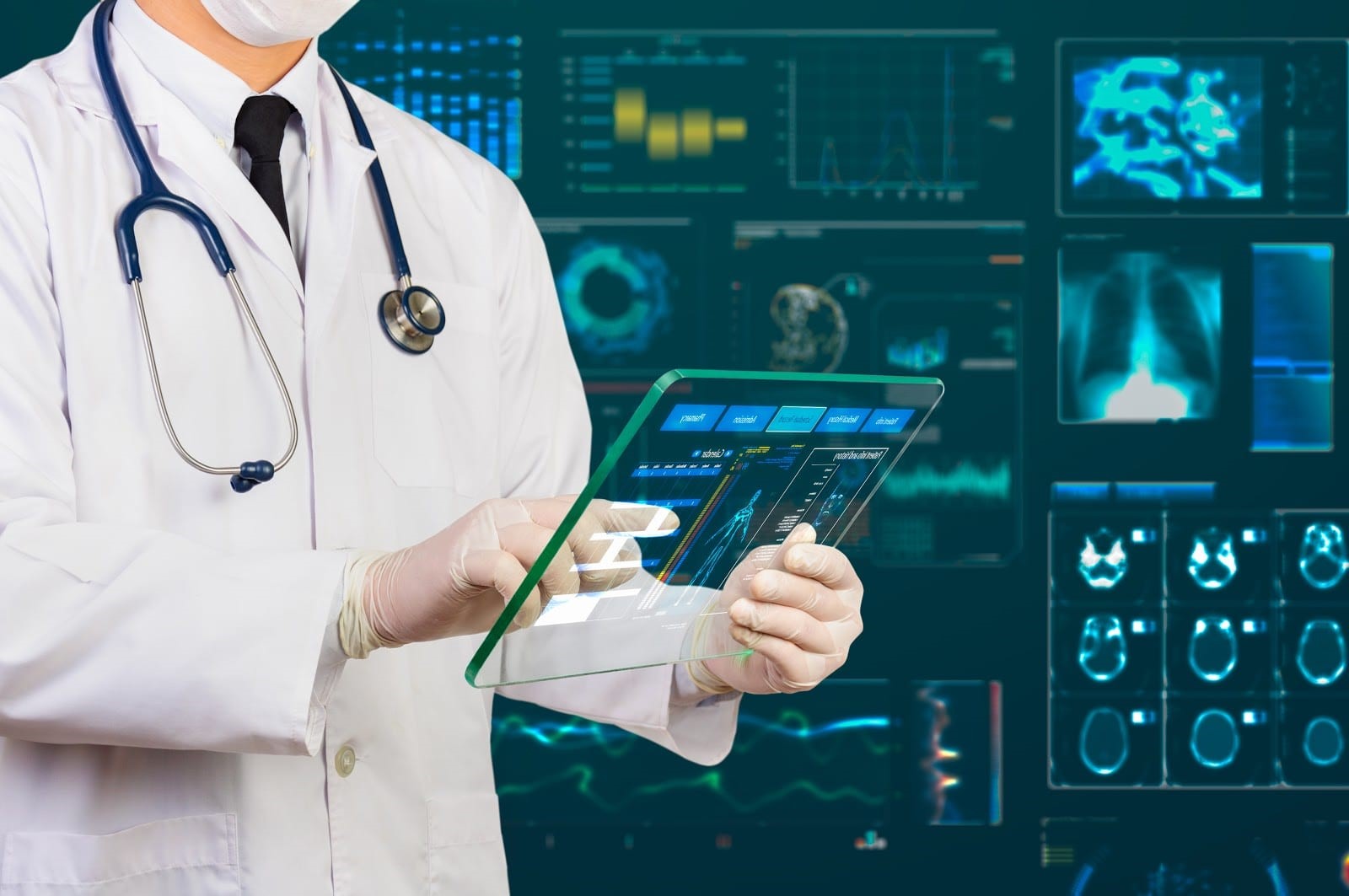
Personalized medicine, also known as precision medicine, represents a transformative approach in healthcare that tailors medical treatment to the individual characteristics of each patient. This innovative field leverages genetic, environmental, and lifestyle factors to optimize therapeutic efficacy and minimize adverse effects. As we stand on the cusp of a new era in healthcare, the trends and innovations in personalized medicine promise to revolutionize the way we diagnose, treat, and prevent diseases.
The Evolution of Personalized Medicine
The concept of personalized medicine is not entirely new. For centuries, physicians have recognized that patients respond differently to treatments. However, the advent of advanced technologies and the completion of the Human Genome Project in 2003 have accelerated the transition from a one-size-fits-all approach to more customized healthcare strategies.
Key Trends in Personalized Medicine
1. Genomics and Genetic Testing
Genomics is at the heart of personalized medicine. Advances in genetic testing have made it possible to identify specific genetic mutations that contribute to diseases. For instance, BRCA1 and BRCA2 gene mutations are known to increase the risk of breast and ovarian cancers. By identifying these mutations early, healthcare providers can implement preventive measures or more targeted therapies.
Next-generation sequencing (NGS) technologies have significantly reduced the cost and time required for genetic testing. This has made it feasible to incorporate genetic information into routine clinical practice, enabling more precise diagnoses and personalized treatment plans.
2. Pharmacogenomics
Pharmacogenomics, a subset of genomics, focuses on how genes affect an individual’s response to drugs. This field aims to optimize drug efficacy and safety by tailoring medications based on genetic profiles. For example, certain genetic variations can influence how a patient metabolizes drugs like warfarin, a commonly prescribed anticoagulant. By understanding these variations, physicians can adjust dosages to minimize the risk of adverse effects and improve therapeutic outcomes.
3. Biomarker Discovery
Biomarkers are measurable indicators of biological processes, conditions, or diseases. They play a crucial role in personalized medicine by enabling early detection and monitoring of diseases. Advances in biomarker discovery have facilitated the development of companion diagnostics, which are tests used to determine the suitability of a particular treatment for a specific patient.
For example, the presence of the HER2 protein in breast cancer patients can be detected using a biomarker test. Patients with HER2-positive breast cancer can then receive targeted therapies like trastuzumab, which specifically inhibits the HER2 protein, leading to better treatment outcomes.
4. Artificial Intelligence and Machine Learning
Artificial intelligence (AI) and machine learning (ML) are revolutionizing personalized medicine by analyzing vast amounts of data to identify patterns and make predictions. These technologies can integrate genetic, clinical, and lifestyle data to develop personalized treatment plans.
AI algorithms can also predict disease risk and progression, enabling proactive interventions. For example, AI can analyze electronic health records to identify patients at high risk of developing chronic conditions like diabetes or heart disease, allowing for early preventive measures.

Innovations Driving Personalized Medicine
1. CRISPR and Gene Editing
CRISPR (Clustered Regularly Interspaced Short Palindromic Repeats) is a groundbreaking gene-editing technology that allows precise modifications to the DNA sequence. This innovation holds immense potential for personalized medicine by enabling the correction of genetic mutations responsible for various diseases.
For instance, CRISPR has been used in clinical trials to treat genetic disorders like sickle cell anemia and beta-thalassemia. By directly targeting and repairing the faulty genes, CRISPR offers the possibility of curative treatments for these conditions.
2. Liquid Biopsies
Liquid biopsies are non-invasive tests that detect cancer-related biomarkers in bodily fluids like blood. Unlike traditional tissue biopsies, liquid biopsies are less invasive and can be performed more frequently, allowing for real-time monitoring of disease progression and treatment response.
This innovation is particularly valuable in personalized medicine as it enables the detection of minimal residual disease and early relapse, facilitating timely adjustments to treatment plans. Liquid biopsies are also being explored for their potential in early cancer detection and screening.
3. Personalized Vaccines
The development of personalized vaccines represents a significant advancement in immunotherapy. These vaccines are designed to stimulate the patient’s immune system to recognize and attack specific cancer cells based on the individual’s unique tumor profile.
Personalized vaccines have shown promise in treating various cancers, including melanoma and glioblastoma. By harnessing the power of the immune system, these vaccines offer a targeted approach to cancer treatment with the potential for long-lasting immunity.
4. Organoids and Personalized Drug Testing
Organoids are miniature, three-dimensional structures derived from patient-specific cells that mimic the architecture and function of human organs. These models provide a valuable platform for personalized drug testing, allowing researchers to evaluate the efficacy and safety of potential treatments on an individual basis.
Organoids have been used to study various diseases, including cancer, cystic fibrosis, and liver disease. By testing drugs on patient-derived organoids, clinicians can identify the most effective therapies and avoid treatments that may be ineffective or harmful.
Challenges and Future Directions
While the future of personalized medicine is promising, several challenges must be addressed to fully realize its potential. These include:
- Data Privacy and Security: The integration of genetic and clinical data raises concerns about data privacy and security. Ensuring robust safeguards to protect patient information is essential.
- Cost and Accessibility: The high cost of genetic testing and personalized treatments may limit accessibility for some patients. Efforts to reduce costs and increase insurance coverage are crucial for widespread adoption.
- Regulatory and Ethical Considerations: The rapid pace of innovation in personalized medicine necessitates updated regulatory frameworks to ensure safety and efficacy. Ethical considerations, such as informed consent and genetic discrimination, must also be addressed.
Conclusion
The future of personalized medicine is bright, with ongoing advancements in genomics, AI, gene editing, and other innovative technologies. By tailoring medical treatments to the unique characteristics of each patient, personalized medicine has the potential to improve outcomes, reduce adverse effects, and transform healthcare. As we continue to navigate the challenges and opportunities in this field, the promise of personalized medicine offers a new paradigm of precision and efficacy in medical care.












